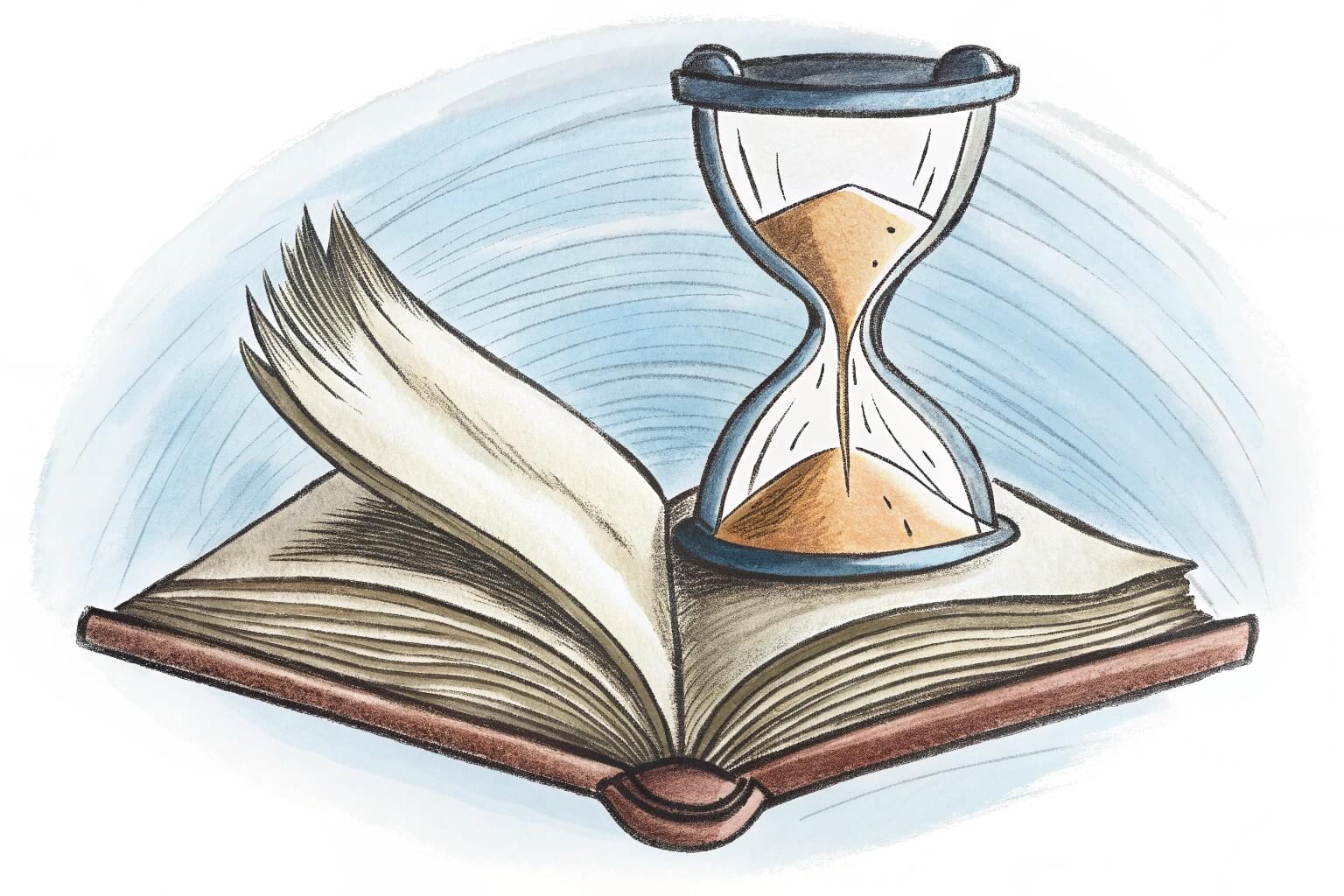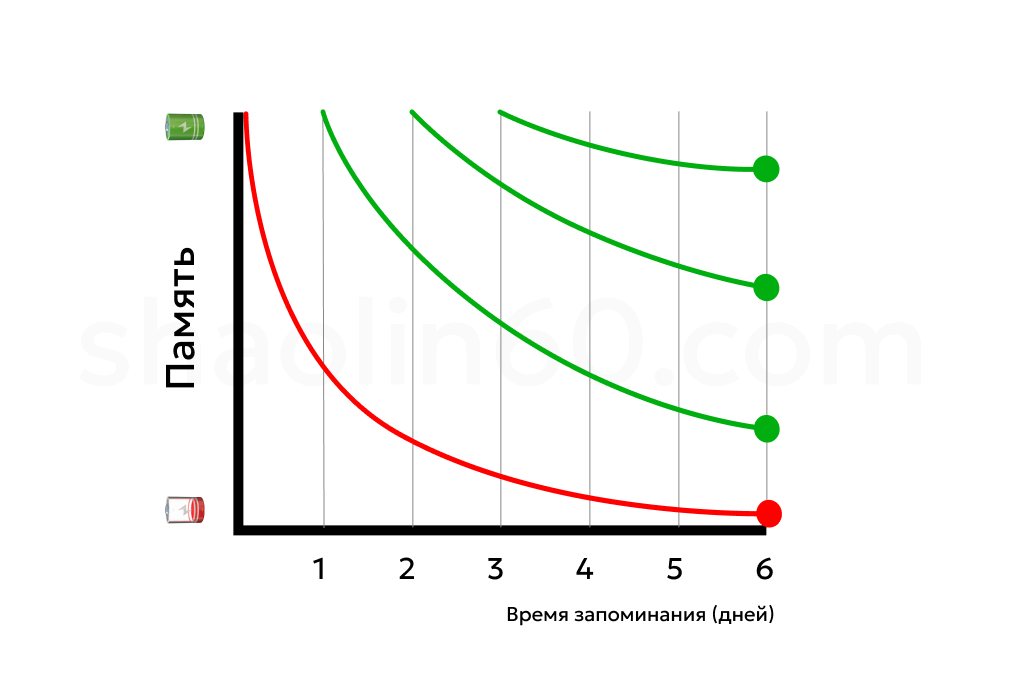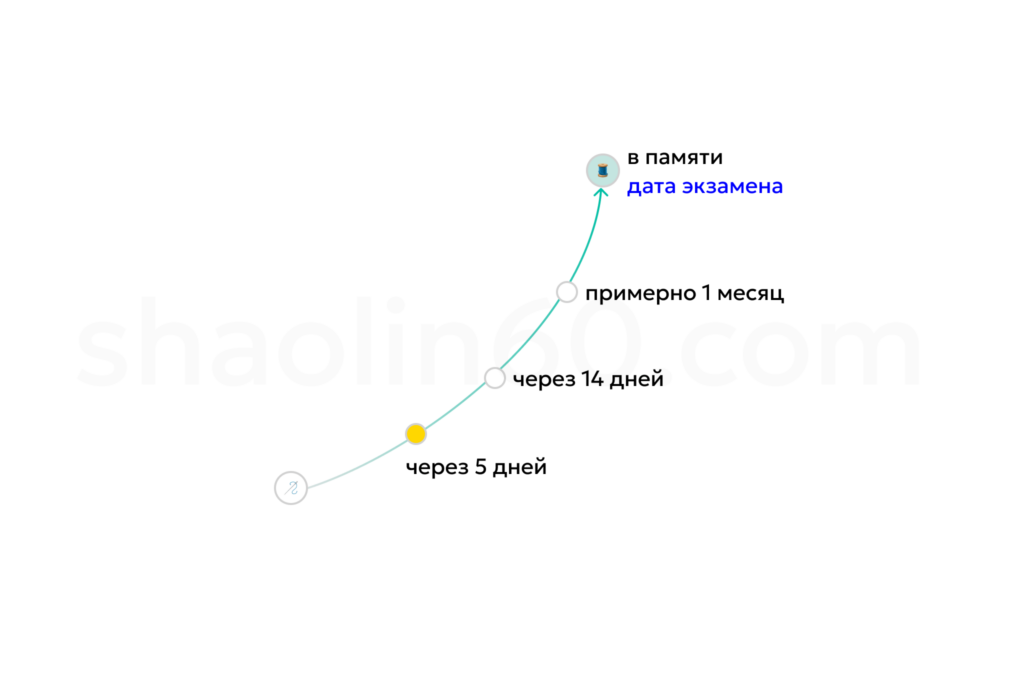How to Remember: A Simple Technique for Long-Term Memory

In today's world, where the volume of information is constantly growing, it is important to find effective methods for memorizing and assimilating knowledge. One of these methods that we use in laoshi.io — is a technique called Spaced Repetition System (SRS) that uses the effect of distributed repetition to improve memorization.
In this article, we'll look at the basics of spaced repetition, its application using flash cards, and the mechanisms behind the forgetting curve.
What is Spaced Repetition?
Spaced repetition is a learning method in which the information being studied is reviewed at increasing intervals. This method is based on the principle of the forgetting curve proposed by German psychologist Hermann Ebbinghaus1The forgetting curve shows how quickly information is forgotten after initial learning. Spaced repetition optimizes the learning process by scheduling repetitions just before the ability to recall information is expected to decline.
The Forgetting Curve
The forgetting curve is a concept first proposed by German psychologist Hermann Ebbinghaus in 1885. It describes how a person forgets information over time if no effort is made to review it. Graphically, the forgetting curve is usually depicted as an exponential curve, which shows how quickly the level of memory declines after initial learning. (red line in Figure 1)

Key aspects of the forgetting curve:
- Rapid forgetting at the beginning: The red line shows that in the first few days after learning new material, the level of memorization drops sharply. This means that a person forgets a significant part of the information already in the first day.
- Slowing down the rate of forgetting: As time passes, the rate of forgetting slows down. Although information continues to be forgotten, the rate of this process becomes less intense. Algorithms use this to choose the right time to review.
- The influence of repetition: Repeating information at certain intervals (green line on the graph) can significantly slow down the process of forgetting. Each repetition restores the level of memorization and makes it more stable.
How information is forgotten
Imagine that you have learned a new hieroglyph. On the first day, you remember 100% of information. However, after just one day, without repetition, this figure may drop to 60%. After a week, you may remember (probability of recalling) only 20-30% of the initially learned material. Without additional repetitions, the level of memorization will continue to decline.
How does spaced repetition work?
The spaced repetition method can be easily applied using flash cards. Each card contains a question on one side and an answer on the other. After the initial study of the cards, they are reviewed at certain "correct" time intervals. These intervals increase as the information becomes more stable in memory. The worse a card is remembered, the more often it is shown, and vice versa, when a remembered card is shown less often.
Correct time for repetition (problem)
For starters, you probably intuitively understand that you need to take breaks between reps.
Let's give an example: let's say you get paid ₽1 million if you remember a fact in 10 years, but you can only repeat it 10 times during that time.
Which repetition schedule will you choose?
- repeat 10 times on the first day and never return to this fact for 10 years
- repeat once a year, for example, on January 1st
Those who haven't read this article will probably think that repeating every year will be more effective, but you already know that you will most likely forget the new information not just in a month, but in just a few days. Although the "once a year" schedule is more effective than "ten times in a row", none of them will lead you to ₽ 1 million.
Correct answer: distribute the ten repetitions not evenly, but using an exponential curve that matches your memory.

We'll start with a short period between revisions, say 5 days. If after those 5 days you still remember the fact, we'll wait 10 days before the next revision. Then we'll wait another 15 days, and so on. This is especially effective when we know the date of your exam.
Interesting fact: it turns out that we can cover a person's entire life by repeating just 16 times.
Benefits of Spaced Repetition
- Effective memorization: Spaced repetition outperforms traditional learning methods by improving long-term retention. This method helps you commit information to memory more effectively.
- Saving time: Using spaced repetition, students can optimize their study time. Exponentially increasing spacing allows information to be retained with less repetition.
- Customization: Spaced repetition algorithms like FSRS and Anki SM-2 adjust intervals based on the user's performance. This allows for individualized study sessions, maximizing their effectiveness.
Spaced Repetition Algorithms
Modern learning tools like Anki and Laoshi APP use advanced algorithms to optimize review schedules. These algorithms take into account factors like complexity cards, stability information and reproducibility. For example:
- FSRS (Flexible Spaced Repetition System): An algorithm that adapts to the individual needs of the student by adjusting repetition intervals based on performance.
- Anki SM-2: One of the most popular algorithms that uses fixed intervals for repetitions, adjusting them based on user feedback.
Understanding Complexity and Stability
Flashcards are graded based on difficulty, allowing students to focus on challenging material more often.
Recallability refers to the likelihood of recalling information when prompted. Spaced repetition systems aim to maintain recall above a certain threshold, ensuring that learners can effectively retrieve information when prompted by the system. Stability refers to how firmly information is committed to memory. Frequent repetition can increase stability, especially when spaced over time.
Tools for learning
Tools like Laoshi APP offer fixed parameters for the desired level of memorization of words and characters, optimizing the learning process. Understanding the properties of each card – repeatability, stability, and difficulty – allows students to individualize their study sessions. This personalization maximizes efficiency and effectiveness, allowing users to automatically prioritize difficult material, while avoiding burnout from excessive repetition of light hieroglyphs.
Conclusion
By understanding the forgetting curve, using flashcards, and applying advanced algorithms, students can significantly improve their ability to memorize information over the long term. Customizing study sessions based on each individual’s needs further optimizes the learning process, allowing them to effectively master even large amounts of information.
Spaced repetition is progressive over traditional memorization methods, offering a scientifically proven approach to learning that adapts to the student and each review session. With the right tools and understanding, anyone can improve their ability to remember and achieve their learning goals more effectively.
- The spaced repetition method is based on the forgetting curve, proposed and scientifically proven by the German psychologist Hermann Ebbinghaus. He presented his research in 1885 in a paper entitled "About the Gedächtnis" (translated as "About Memory").
In this work, Ebbinghaus explored how information is forgotten over time and how repetition affects memory. His research became the basis for the further development of spaced repetition methods and other techniques aimed at improving memory and learning. ↩︎

